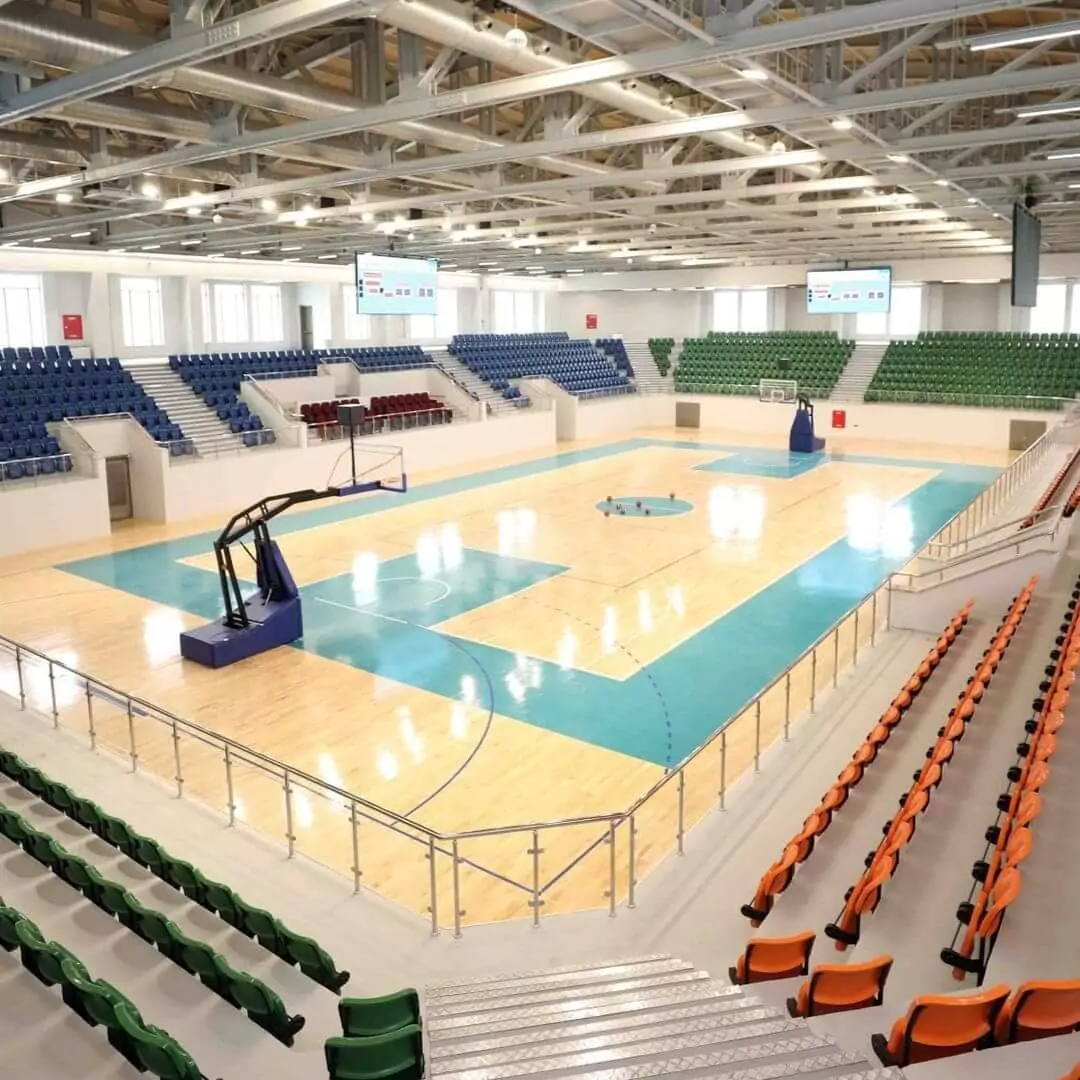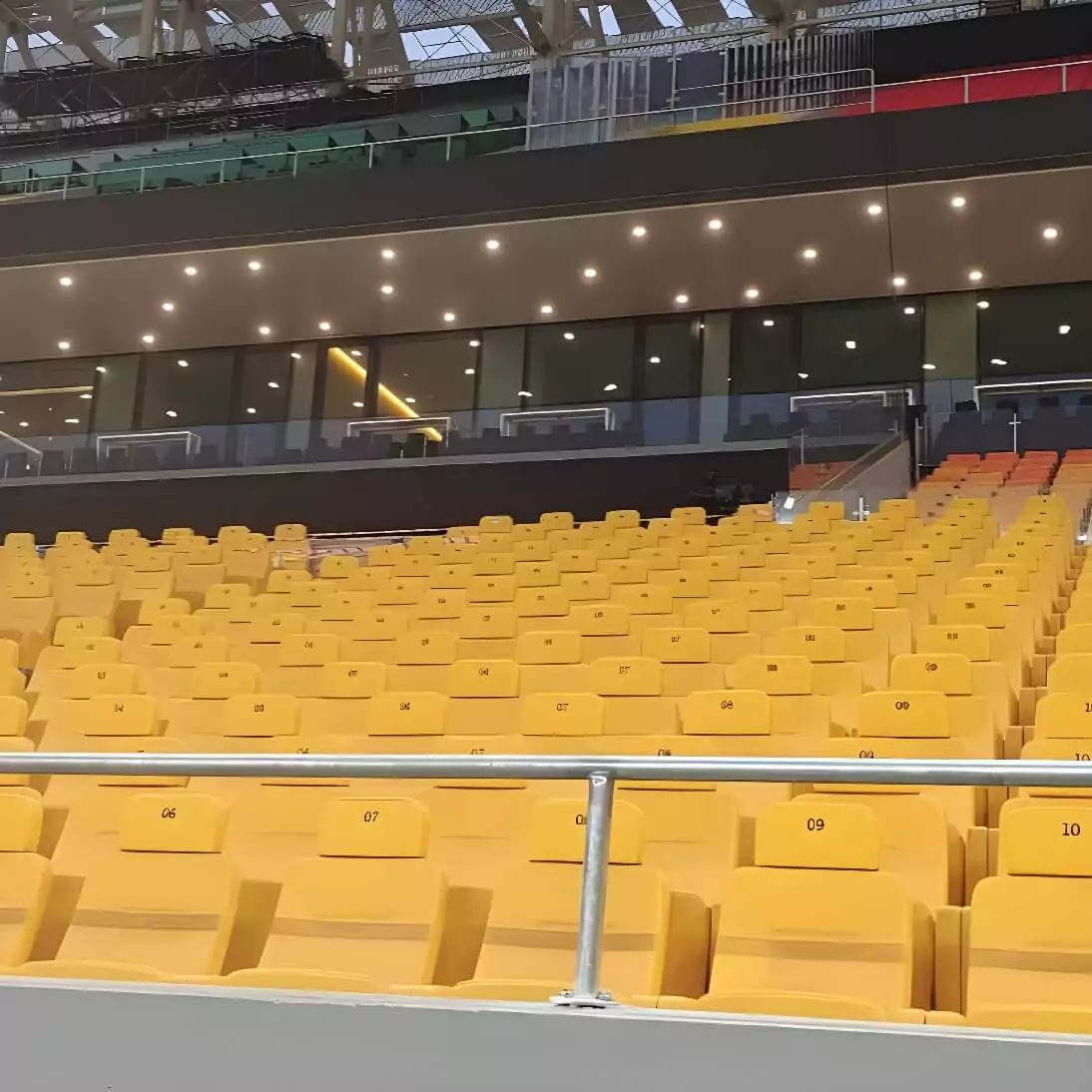Stadium seating is a crucial aspect of enjoying sporting events in comfort and style. In this article, we will delve deep into the manufacturing process of monoblock and folding stadium chairs, shedding light on the materials involved. Whether you're an arena proprietor or a sports enthusiast, these chairs offer not only comfort but also a testament to meticulous craftsmanship.

The Production of Monoblock Stadium Chairs
Monoblock stadium chairs are typically constructed from a single piece of material, often using high-quality plastics. Here's a comprehensive breakdown of the monoblock chair manufacturing process, emphasizing the materials utilized:
Design: The journey begins with chair design, a careful process that considers factors like ergonomics, durability, and comfort. The choice of materials plays a pivotal role in the design stage.
Material Selection: To ensure sturdiness and longevity, manufacturers opt for top-grade plastic materials. These materials should withstand the rigors of stadium use while retaining their form.
Mold Fabrication: Based on the chair's design, molds are meticulously created. These molds are crucial in shaping the plastic during the injection molding process.
Plastic Injection Molding: Skilled operators use the molds to inject the chosen plastic material, creating the chair's form and structure. This stage requires precision and quality control.
Assembly: The chair components, including the legs, are expertly assembled. This phase includes the integration of other elements such as armrests and backrests. Attention to detail is key in ensuring the chair meets quality standards.
The Production of Folding Stadium Chairs
Folding stadium chairs have a more complex structure, often employing materials like steel or aluminum for robustness. Here's a detailed look at the production process of folding chairs, along with insight into the materials involved:
Design: Design is a crucial phase, encompassing not only the chair's appearance but also the mechanism that allows for easy folding. The selection of materials, such as steel or aluminum for the frame, is a critical decision.
Material Selection: Steel and aluminum are favored for their strength and durability. These materials are ideal for supporting the weight of users while ensuring the chair remains lightweight.
Cutting and Shaping: Metal tubes are carefully cut, shaped, and welded to form the chair's frame. Precision in this stage is vital to ensure structural integrity.
Fabric Selection: High-quality, durable fabrics are chosen for the seat and backrest. These materials should withstand repeated use while providing comfort.
Assembly: The frame and fabric are assembled, and the folding mechanism is integrated. This stage requires a high level of skill to ensure that the chair functions smoothly and securely.

The manufacturing processes outlined above exemplify the meticulous approach taken by European stadium chair suppliers to ensure product quality and longevity. Monoblock and folding stadium chairs provide spectators with the utmost comfort and convenience during sporting events. Whether you are a stadium owner or an avid sports fan, understanding the craftsmanship and materials involved adds to the appreciation of these essential seating solutions.


